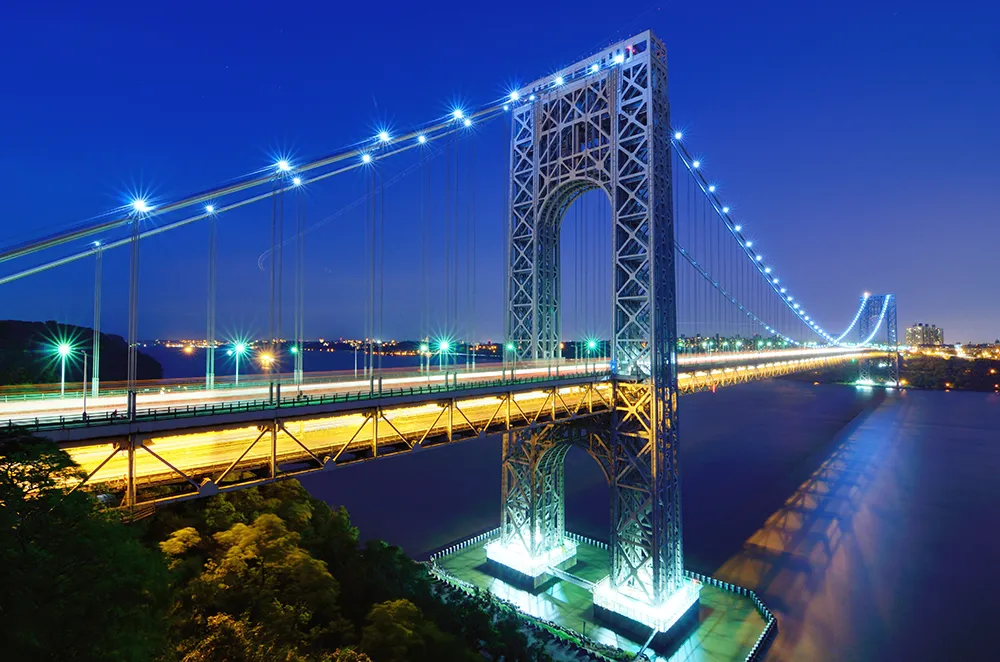Peru plans to award next year infrastructure concessions including rail and road projects. Hydro and thermal power plants and liquefied petroleum gas distribution in the capital are also being lined up, a senior government official has said.
Concessions will include the fourth stretch of the Longitudinal de la Sierra highway, which calls for the construction, operation and maintenance of a 640 kilometre stretch of Peru's Longitudinal de la Sierra highway, connecting Huancayo, Izcuchaca, Mayoc and Ayacuch
November 20, 2014
Read time: 2 mins
Peru plans to award next year infrastructure concessions including rail and road projects. Hydro and thermal power plants and liquefied petroleum gas distribution in the capital are also being lined up, a senior government official has said.
Concessions will include the fourth stretch of the Longitudinal de la Sierra highway, which calls for the construction, operation and maintenance of a 640 kilometre stretch of Peru's Longitudinal de la Sierra highway, connecting Huancayo, Izcuchaca, Mayoc and Ayacucho. Other proposals include the Huancayo-Huancavelica railway line and the Callao logistics hub (ZAL), which could require an investment in excess of US$100 million.
The agency will seek to develop private-public partnerships (PPP) with investors from the US, the UK, China, India, South Korea and Australia, according to Carlos Herrera, head of state investment promotion agency ProInversión.
President Ollanta Humala's government has awarded 27 concessions involving a total investment commitment of US$17.9 billion since taking office in July 2011, Herrera said.
At least US$10 billion in concessions has been awarded this year, including line No.2 of Lima's metro system, the Gasoducto Sur Peruano (GSP) natural gas pipeline, thermal power plants, power lines, Pisco port and Chinchero airport.
Peru's economy is expected to grow 3.1 per cent this year compared with 5.8 per cent in 2013. But it will rebound to expand 5.5 per cent next year as the government increases public spending and investment ramps up in infrastructure concessions, according to the central bank.
Concessions will include the fourth stretch of the Longitudinal de la Sierra highway, which calls for the construction, operation and maintenance of a 640 kilometre stretch of Peru's Longitudinal de la Sierra highway, connecting Huancayo, Izcuchaca, Mayoc and Ayacucho. Other proposals include the Huancayo-Huancavelica railway line and the Callao logistics hub (ZAL), which could require an investment in excess of US$100 million.
The agency will seek to develop private-public partnerships (PPP) with investors from the US, the UK, China, India, South Korea and Australia, according to Carlos Herrera, head of state investment promotion agency ProInversión.
President Ollanta Humala's government has awarded 27 concessions involving a total investment commitment of US$17.9 billion since taking office in July 2011, Herrera said.
At least US$10 billion in concessions has been awarded this year, including line No.2 of Lima's metro system, the Gasoducto Sur Peruano (GSP) natural gas pipeline, thermal power plants, power lines, Pisco port and Chinchero airport.
Peru's economy is expected to grow 3.1 per cent this year compared with 5.8 per cent in 2013. But it will rebound to expand 5.5 per cent next year as the government increases public spending and investment ramps up in infrastructure concessions, according to the central bank.







